
 |
The rising number of patients with respiratory disease in the past decade urges China to tackle air pollution. “China has no time to waste, and actions should be taken before it is too late,” China's leading respiratory disease expert warned.
It has long been suspected that the 60 percent growth of lung cancer in Beijing is related to serious air pollution in the decade after the outbreak of SARS, a flu-like epidemic that killed hundreds and sickened thousands of people in 2003.
People's Daily Online interviewed with Zhong Nanshan, the president of China Medical Association, rethinking the legacy of the battle against SARS one decade ago.
From fighting against SARS in 2003 to curing influenza A (H1N1) in 2009 and cracking the rumor of "negative AIDS" in 2011, Zhong Nanshan, is always walking in the frontiers of China’s medical science.
In the perspective of Zhong, the smog and hazy weather in Beijing and other Chinese cities could be "much more horrible" than SARS. China can't wait another five years or ten years, because respiratory diseases and lung cancer cases had soared in the past ten years. “What's the point of air pollution control if everyone were sick?” he told PD Online in an interview.
Beijing and other major cities have experienced dire levels of air pollution for more than a decade, but the government had not published air pollution data until last year. ”Technology is not a problem,” Zhong recalled the situation at that time and said. “Data on air pollutant PM 2.5 were said to be released till 2016 considering many factors.” Finally, Guangdong published the data first in 2012, then the whole country followed.
Although the nature of the health risk posed by smog is different from that of SARS, he said the two shared similarities in terms of the importance of information disclosure.
"Local governments have to move toward transparency," he said. "But the situation now is better than during SARS. At the very beginning of that epidemic, it was really terrible. We have learned a lesson."
According to Zhong’s observations in post-SARS decade, the respiratory diseases cases have increased significantly and rapidly. In addition to allergens and smoking, air pollution is believed to be the key threat of people’s health.


Latest development of H7N9 in China[Special]
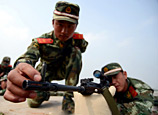
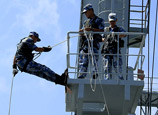


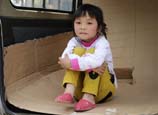
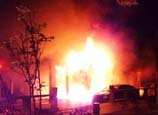

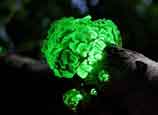

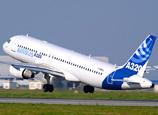






 Children in quake-hit areas in Sichuan
Children in quake-hit areas in Sichuan


![]()
